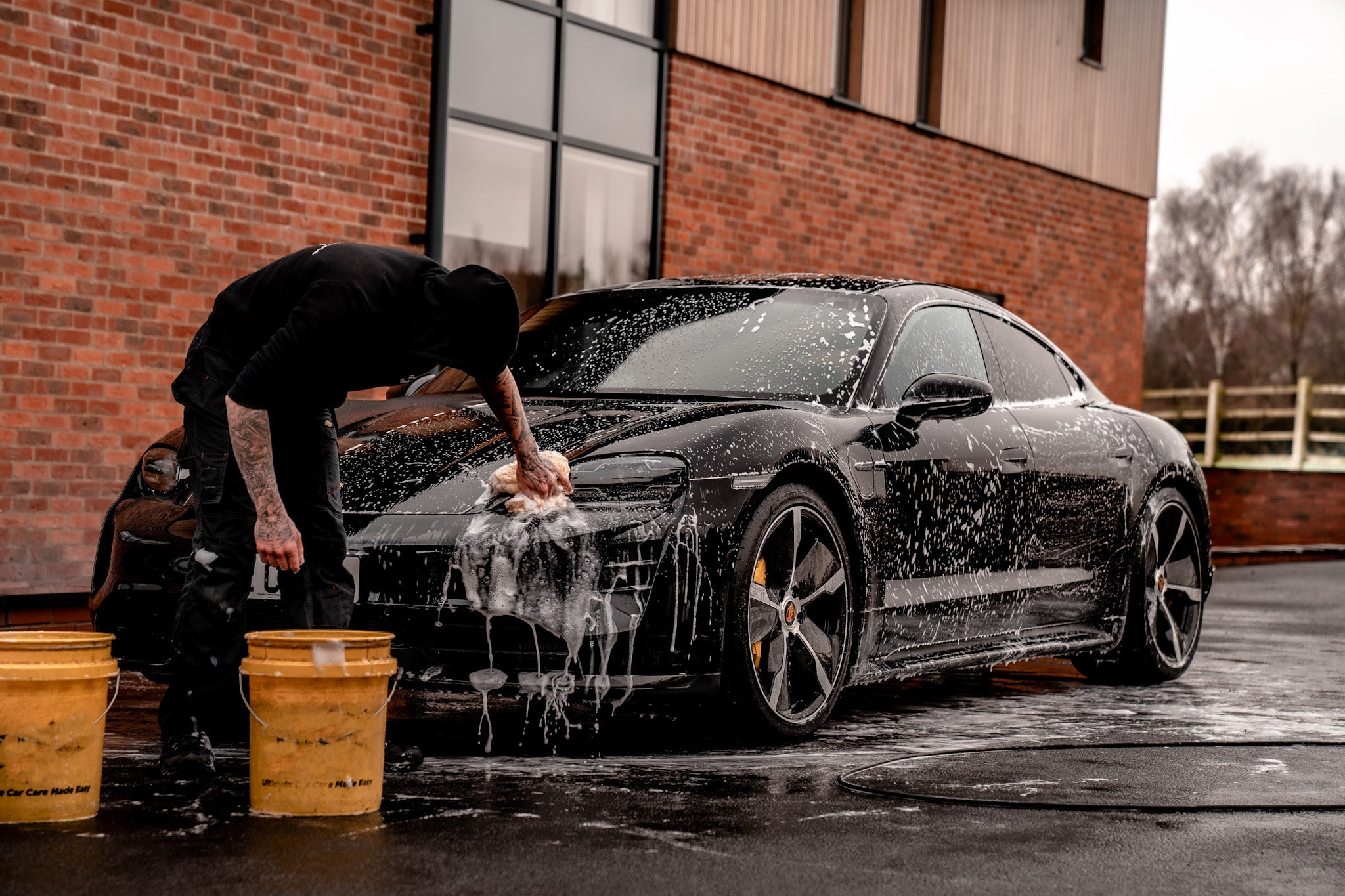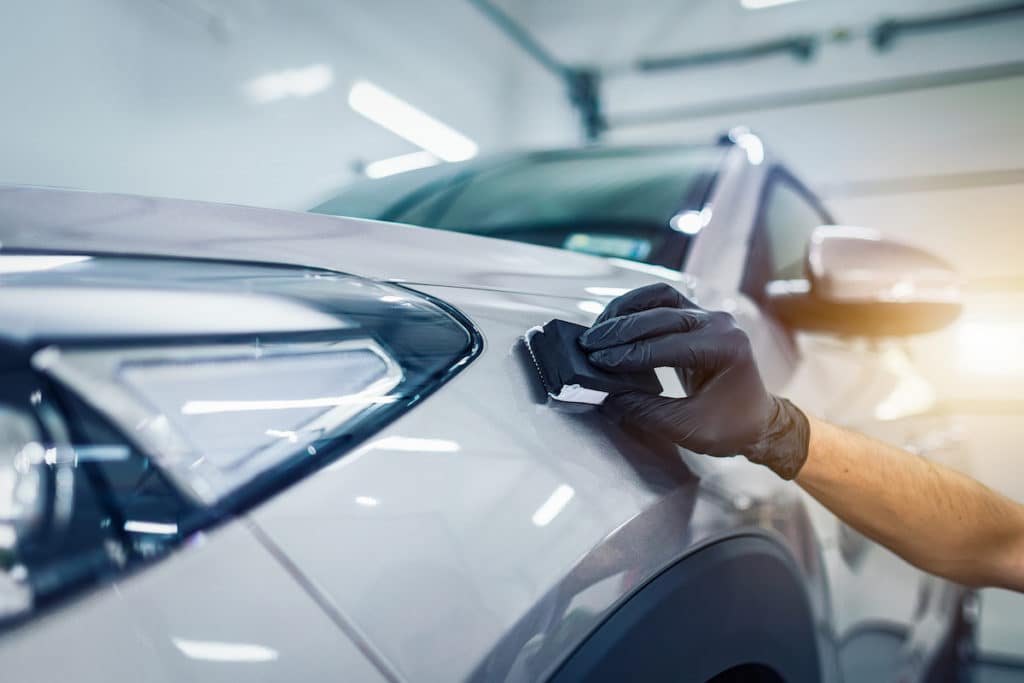A Comprehensive Guide to the Sorts Of Ceramic Coating on the marketplace
Ceramic layers have actually emerged as a pivotal option throughout numerous markets due to their one-of-a-kind properties and applications. As we explore the unique qualities and applications of these layers, the ramifications for performance and long life come to be progressively evident, elevating concerns regarding which type could finest suit your demands.
Understanding Ceramic Coatings
Ceramic coatings are innovative safety options that have actually acquired popularity in various sectors, specifically in auto and aerospace applications. These coverings are composed of a liquid polymer that, when cured, creates a durable, hydrophobic layer externally of the substratum. This layer supplies improved resistance to ecological contaminants, UV radiation, and chemical direct exposure, consequently expanding the life and visual charm of the underlying material.
The essential element of ceramic layers is silica, which contributes to their solidity and resilience. The application process commonly entails surface prep work, application of the finish, and healing, which can be attained through warmth or UV light. As soon as healed, ceramic coverings show exceptional bonding residential or commercial properties, permitting them to stick strongly to a selection of surfaces, consisting of steels, plastics, and glass.
In enhancement to their safety features, ceramic finishings additionally offer ease of upkeep. Their hydrophobic nature lowers the adherence of dust and grime, making cleansing less complex and less constant. On the whole, the adoption of ceramic layers represents a considerable advancement in surface security modern technology, giving both functional and aesthetic benefits throughout numerous industries.
Types of Ceramic Coatings
Numerous kinds of ceramic finishings are offered, each designed to meet certain performance demands and applications - ceramic coating sarasota. The most typical types include:
Silica-based Coatings: These finishes mainly include silicon dioxide and are known for their resilience and chemical resistance. They are widely used in automotive and commercial applications.
Titanium Dioxide Coatings: Popular for their photocatalytic residential properties, titanium dioxide coatings are typically used in environments where self-cleaning and antifungal residential or commercial properties are desirable, such as in building products and vehicle surfaces.
Zirconia Coatings: Defined by their high-temperature stability and thermal resistance, zirconia finishes are utilized in applications such as wind turbine engines and high-performance automotive elements.
Alumina Coatings: Displaying exceptional solidity and thermal security, alumina coverings are frequently utilized in wear-resistant applications, including reducing devices and industrial machinery. - Auto Detailing
Crossbreed Coatings: Incorporating the buildings of different products, hybrid layers supply enhanced efficiency attributes, making them appropriate for unique and requiring applications.
Each kind of ceramic layer offers unique purposes, permitting individuals to select the most ideal service based upon particular environmental problems and performance requirements.
Advantages of Ceramic Coatings
Coatings play a vital function in boosting the performance and long life of surface areas throughout numerous markets. Ceramic layers, particularly, deal countless benefits that make them progressively popular amongst suppliers and consumers alike. One of the key advantages is their remarkable longevity. These finishes are immune to scratches, chemicals, and UV rays, ensuring that the underlying surface stays protected gradually.
Along with resilience, ceramic layers offer exceptional hydrophobic homes, allowing for very easy cleaning and maintenance. This water-repellent nature decreases the adherence blog of dust, gunk, and other impurities, which can lengthen the visual allure and performance of the surface area. Ceramic coatings can considerably boost thermal resistance, making them ideal for applications that withstand high temperatures.

Application Refine
When applying ceramic layers, a meticulous strategy is important to achieve optimum outcomes. A tidy surface area guarantees correct bond of the finishing.
As soon as the surface area is prepped, the following action is to apply the ceramic coating. The coating should be used in thin layers, as thicker applications can lead to irregular finishes.
After application, the finishing calls for a specific curing time, commonly ranging from a few hours to a complete day, relying on the product. Throughout this moment, it is essential to avoid direct exposure to wetness or impurities. Lastly, a gentle buffing may be essential after healing to boost the gloss and get rid of any kind of high spots. Following these actions diligently will make the most of the performance and longevity of the ceramic finish, supplying a durable protective layer for the surface.
Upkeep and Durability
To ensure the longevity and efficiency of a ceramic finish, normal upkeep is vital. Ceramic finishings, recognized for their sturdiness and safety qualities, need particular treatment regimens to maximize their lifespan and performance.
Along with regular cleaning, routine evaluations are vital. Seek indications of wear or damages, such as hydrophobic homes diminishing or surface flaws. If needed, a light gloss may be related to revitalize the finish without removing it away.
In addition, the application of a booster spray can improve the layer's hydrophobic results and Source recover its gloss. This is especially helpful for layers that have been in use for an extended period. Ultimately, by adhering to these upkeep methods, one can dramatically expand the life of a ceramic finish, making certain that it proceeds to supply optimum defense versus ecological More Help variables and keep the aesthetic allure of the automobile.
Verdict
